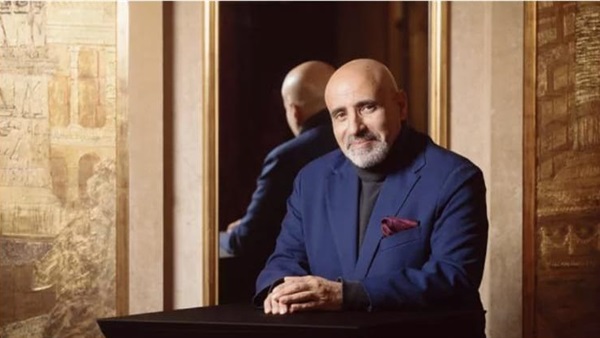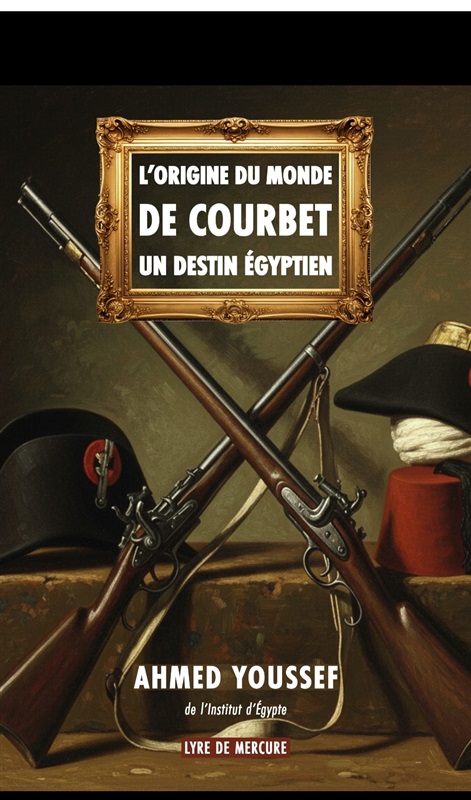“The Origin of the World by Gustave Courbet: An Egyptian Destiny, Political and Military History”.. A new book by Dr. Ahmed Youssef
Saturday 20/September/2025 - 04:47 PM

This coming October 1st in Paris, the latest book by writer, journalist, and member of the Egyptian Scientific Academy, Dr. Ahmed Youssef — who resides in Paris — will be released.
The book uncovers the untold story of the controversial painting “The Origin of the World” by the renowned French painter Gustave Courbet. Its fate was shaped by the relationship between the artist and Khalil Chérif Pasha, commissioner of the Egyptian artistic delegation at the Paris Exhibition of 1855, who commissioned the painting and paid the artist for it.
The book intriguingly highlights the political status of Khalil Chérif Pasha (Cairo 1831 – Istanbul 1879), who studied at the Egyptian Military School in Paris founded by Mohamed Ali and Soliman Pasha the Frenchman, under a unique agreement in the history of relations between nations. The school was presided over by Marshal Soult, one of Napoleon’s greatest generals, and its scientific director was Edme-François Jomard (1777–1862), nicknamed “the last of the Egyptians,” the last surviving member of Napoleon’s expedition to Egypt. He was also the teacher of Rifā‘a al-Tahtāwī, and above all, the chief editor of the monumental Description de l’Égypte.
Khalil Chérif Pasha was not alone at this school: among his fellow students were the future Khedive of Egypt, Ismail Pasha, as well as the sons of Soliman Pasha. Bitter rivalry arose in Paris between the two students, Ismail and Mohammed Chérif. When Ismail later came to power, Khalil Chérif Pasha — who had decided to settle in Paris — became entangled in a major political conspiracy to overthrow Ismail and to halt the project of digging the Suez Canal.
When Khalil Chérif Pasha became ambassador of the Ottoman Empire in Paris and later in Saint Petersburg, he was compelled to part with the painting, whose notoriety had spread within Parisian political circles. He sold it along with the rest of his art collection in a famous 1867 auction, for which the catalogue’s preface was written by the celebrated novelist Théophile Gautier.
Khalil Chérif Pasha married Princess Nazli Fazl, daughter of Prince Mustafa Fazl — the bitter rival of Khedive Ismail. At his death, Egypt refused to allow him to be buried there, and he was laid to rest in Istanbul. At the same time, Gustave Courbet, exiled to Switzerland after clashing with Emperor Napoleon III — until the Emperor’s downfall following the war against Prussia in 1870 — became deeply involved in the civil war known as the Paris Commune, where he met his ruin.
As if a political curse haunted the painting, both Stalin and Hitler attempted to seize it. The painting disappeared during World War II until it was discovered in the possession of the children of the famous French psychoanalyst Jacques Lacan. They eventually ceded it to the French state. Today, it hangs in the Musée d’Orsay in Paris, where it is often called “the second Mona Lisa.”








